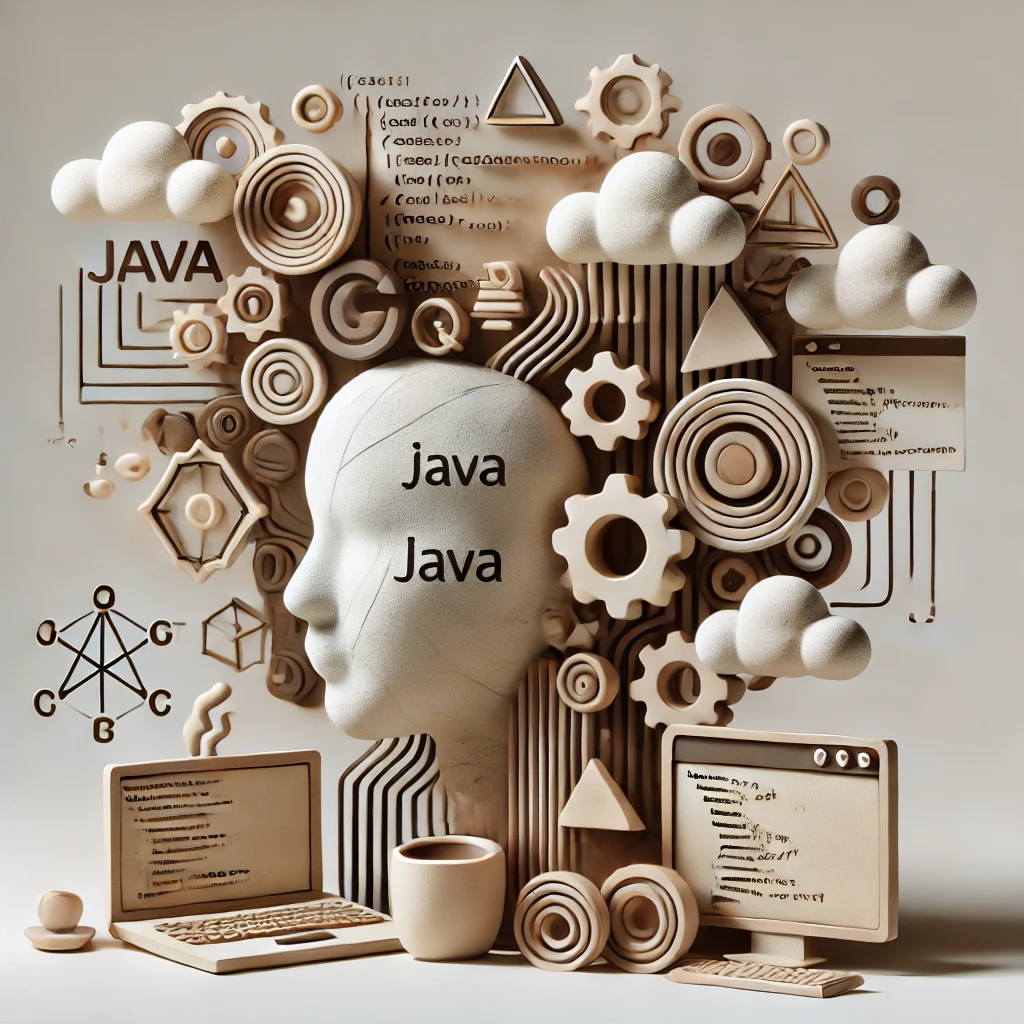In Java, Stacks and Queues are fundamental data structures commonly used to manage collections of data in a controlled and predictable way. They operate based on different rules for adding and removing elements, making them suited to different tasks and scenarios in software development.
What is a Stack?
A Stack is a linear data structure that follows the Last-In-First-Out (LIFO) principle. This means that the last element added to the stack is the first one to be removed. Imagine a stack of plates; you add plates to the top, and the last plate you put on the stack is the first one you remove.
- Operations:
- Push: Adds an item to the top of the stack.
- Pop: Removes the item from the top of the stack.
- Peek: Views the item at the top of the stack without removing it.
- Use Cases:
- Undo/Redo functionality: Stacks are often used in applications to store the history of actions for easy undo/redo.
- Expression evaluation: Stacks are useful in parsing expressions in compilers and interpreters.
- Backtracking: In algorithms like depth-first search (DFS), a stack helps manage paths to explore.
Example of Stack in Java
Java’s Stack class, which extends Vector, provides basic stack functionality. Here’s an example:
import java.util.Stack;
public class StackExample {
public static void main(String[] args) {
Stack<String> stack = new Stack<>();
// Push items onto the stack
stack.push("Apple");
stack.push("Banana");
stack.push("Cherry");
// Peek at the top item
System.out.println("Top item: " + stack.peek());
// Pop items off the stack
System.out.println("Popped item: " + stack.pop());
System.out.println("Stack after pop: " + stack);
// Check if stack is empty
System.out.println("Is stack empty? " + stack.isEmpty());
}
}
Output:
Top item: Cherry
Popped item: Cherry
Stack after pop: [Apple, Banana]
Is stack empty? false
In this example, elements are pushed to the stack and removed from the top, demonstrating the LIFO behavior.
What is a Queue?
A Queue is a linear data structure that follows the First-In-First-Out (FIFO) principle. This means that the first element added to the queue is the first one to be removed. Think of a line of people at a ticket counter; the first person in line is the first to be served.
- Operations:
- Enqueue: Adds an item to the end of the queue.
- Dequeue: Removes the item from the front of the queue.
- Peek: Views the item at the front without removing it.
- Use Cases:
- Scheduling tasks: Queues are useful in managing tasks in a fair order, like scheduling processes in operating systems.
- Breadth-First Search (BFS): In graph algorithms, a queue is used to explore nodes level by level.
- Asynchronous data processing: Queues are helpful in managing messages in systems like job processing queues.
Example of Queue in Java
Java’s Queue interface provides queue functionality, with implementations like LinkedList and PriorityQueue. Here’s an example using LinkedList as a queue:
import java.util.LinkedList;
import java.util.Queue;
public class QueueExample {
public static void main(String[] args) {
Queue<String> queue = new LinkedList<>();
// Enqueue items into the queue
queue.add("Alice");
queue.add("Bob");
queue.add("Charlie");
// Peek at the front item
System.out.println("Front item: " + queue.peek());
// Dequeue items from the queue
System.out.println("Dequeued item: " + queue.poll());
System.out.println("Queue after dequeue: " + queue);
// Check if queue is empty
System.out.println("Is queue empty? " + queue.isEmpty());
}
}
Output:
Front item: Alice
Dequeued item: Alice
Queue after dequeue: [Bob, Charlie]
Is queue empty? false
In this example, elements are added to the end and removed from the front, following the FIFO behavior.
Key Differences Between Stack and Queue
| Feature | Stack | Queue |
|---|---|---|
| Principle | LIFO (Last In, First Out) | FIFO (First In, First Out) |
| Main Operations | push, pop, peek | enqueue, dequeue, peek |
| Java Class | Stack | Queue interface (e.g., LinkedList) |
| Use Cases | Undo functionality, expression evaluation | Task scheduling, BFS, asynchronous processing |
Choosing Between Stacks and Queues
- Stack: Use a stack when you need to manage data with a LIFO order, such as keeping track of user actions for an undo feature.
- Queue: Choose a queue when a FIFO order is needed, such as processing tasks or managing requests in the order they arrive.
Summary
Stacks and queues are foundational data structures with distinct behaviors, each suited to different programming needs. Stacks work with LIFO ordering, making them ideal for undo functionality and expression parsing. Queues, with their FIFO ordering, are perfect for scheduling and managing requests. Understanding these differences can help you choose the right data structure for the job and write more efficient code.
This overview should give you a clear understanding of how stacks and queues work in Java and when to use each one in your applications.
